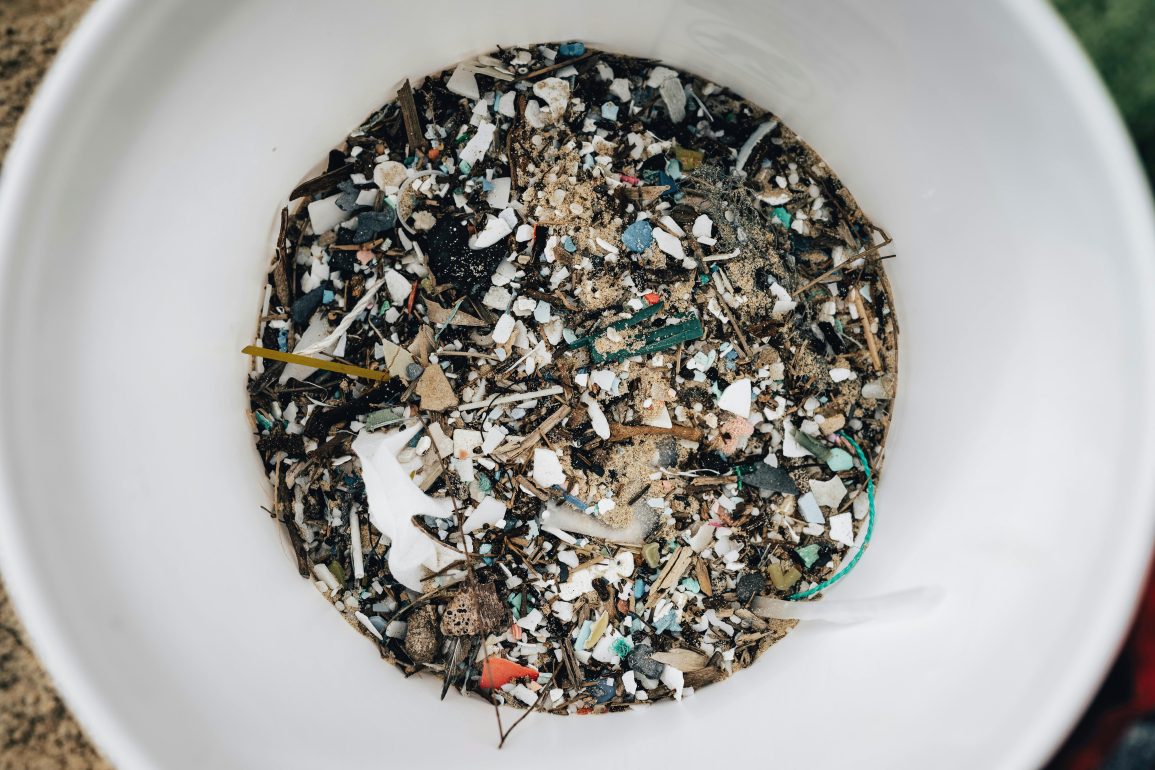A recent study has found that bottlenose dolphins are not only ingesting microplastics through contaminated water and food but also inhaling them.
Researchers have now detected microplastic particles in the exhaled breath of dolphins from Sarasota Bay, Florida, and Barataria Bay, Louisiana.
The study, conducted during routine health assessments of 11 dolphins, collected samples of exhaled air by holding a collection surface near the animals’ blowholes.
Analysis revealed that all 11 dolphins had at least one suspected microplastic particle in their breath, with the particles comprising fibers and fragments of various plastic polymers, including polyethylene terephthalate (PET), polyester, and polyamide.

To ensure accuracy, the researchers compared the dolphins’ exhaled air with samples from the surrounding environment, confirming that the microplastics came from the dolphins’ respiratory systems rather than airborne contaminants.
While ingestion of microplastics through food is well-documented as a major exposure route for marine life, this study highlights inhalation as a potential new risk factor.
The large lung capacity of dolphins and their deep breathing patterns raise concerns about the potential long-term health impacts, including lung damage, from inhaling plastic particles.
The researchers stress that their findings are preliminary, calling for further investigation to determine the full extent of microplastic inhalation among dolphins and its potential effects on their health.
“We are concerned by what we are seeing,” the team stated. “Dolphins take deep breaths, and we worry about what these plastics could be doing to their lungs.”
As microplastics continue to pervade marine ecosystems, the findings underscore the urgent need for more research on the risks posed to wildlife through both ingestion and inhalation.

